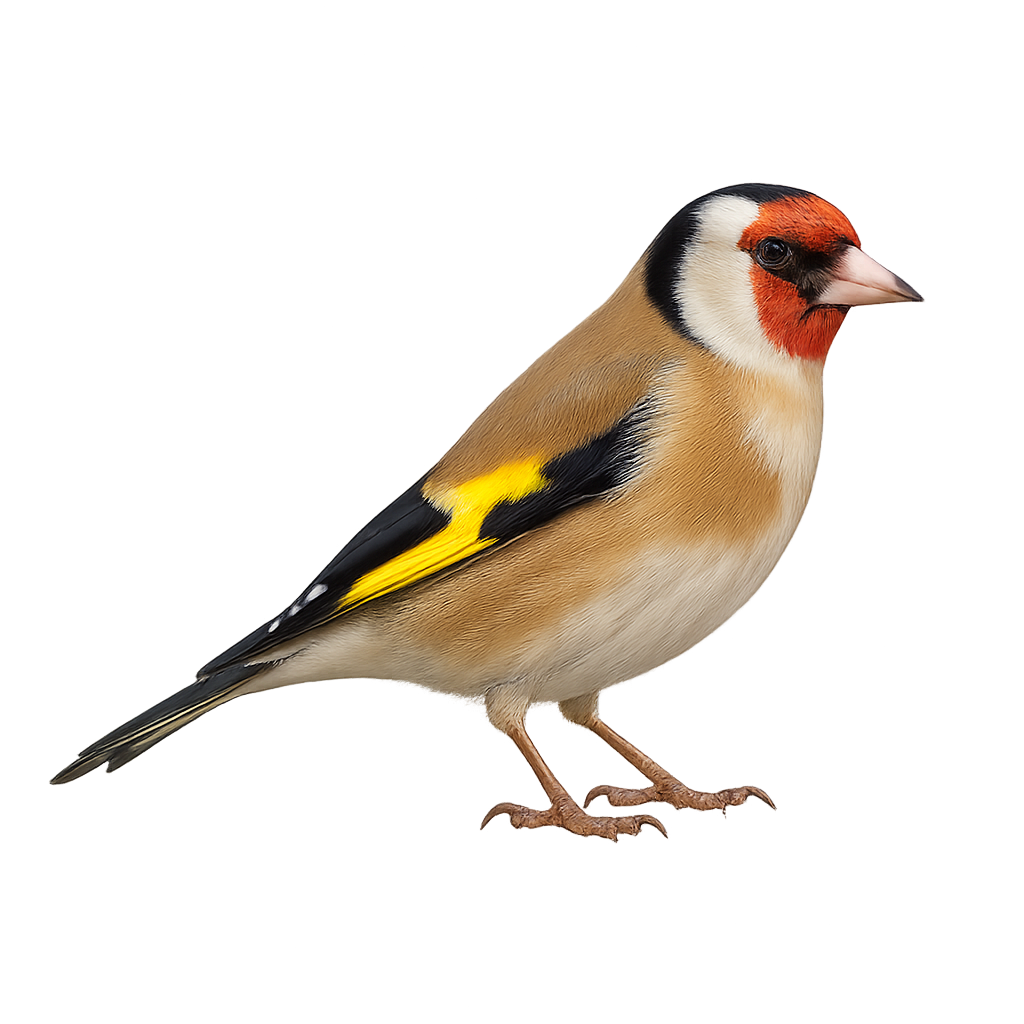Your wildlife photography guide.
Explore the european goldfinch in detail, study its behavior, prepare your shots.
Where to observe and photograph the european goldfinch in the wild
Learn where and when to spot the european goldfinch in the wild, how to identify the species based on distinctive features, and what natural environments it inhabits. The WildlifePhotographer app offers tailored photography tips that reflect the european goldfinch’s behavior, helping you capture better wildlife images. Explore the full species profile for key information including description, habitat, active periods, and approach techniques.
European goldfinch
Scientific name: Carduelis carduelis

IUCN Status: Least Concern
Family: FRINGILLIDAE
Group: Birds
Sensitivity to human approach: Suspicious
Minimum approach distance: 10 m
Courtship display: April to June
Incubation: 12-14 jours
Hatchings: April to July
Habitat:
Forests, gardens, hedgerows, meadows
Activity period :
Primarily active during the day, with peak activity in the morning and late afternoon.
Identification and description:
The European goldfinch is a small, colorful bird found mainly in gardens, hedgerows, and meadows across Europe and Asia. It is easily recognized by its bright yellow plumage, black and white wings, and distinctive red head. This finch primarily feeds on thistle seeds, wildflowers, and insects. It is also known for its melodious song and its ability to adapt to various types of habitats.
Recommended lens:
300 mm – adjust based on distance, desired framing (portrait or habitat), and approach conditions.
Photography tips:
Photograph the European goldfinch using a telephoto lens to capture the details of its colorful plumage and flight behavior. It is best to photograph early in the morning or late in the afternoon when the light is soft and the bird is more active. Be patient and discreet, as this bird is quick and may fly away suddenly if you get too close.
The WildlifePhotographer App is coming soon!
Be the first to explore the best nature spots, track rutting seasons, log your observations, and observe more wildlife.
Already 1 431 wildlife lovers subscribed worldwide

